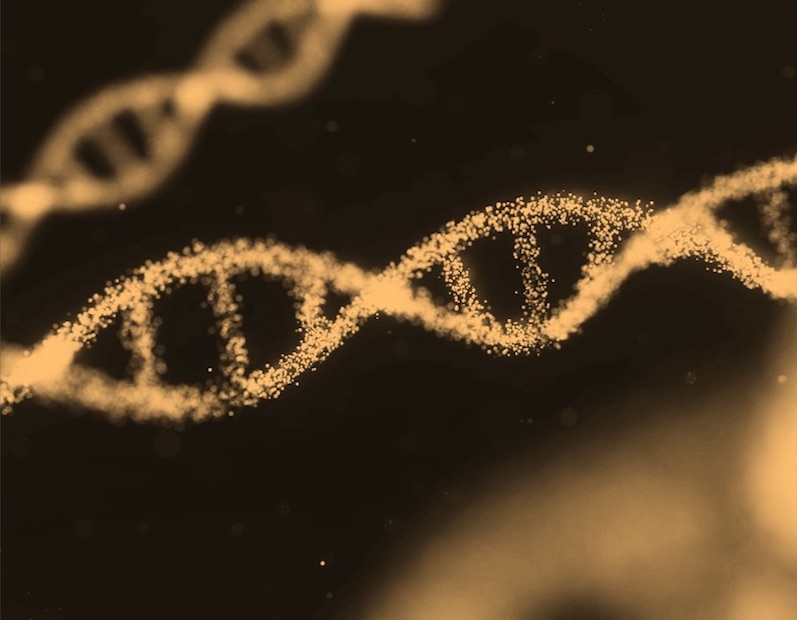What is it about?
Long-Term Quantitative Assessment of Women Survivability from Cancer: A Unique Descriptive Analysis is a research article that investigates the trends in cancer survivability among women. The authors use statistical methods to analyze data on cancer incidence and mortality rates in the United States. The article found that cancer survival rates have been improving over time. This is likely due to advances in cancer treatment and prevention. However, there are still disparities in cancer survival rates among different groups of women. Overall, this article provides valuable information for healthcare providers and policymakers who are interested in improving cancer care for women.
Featured Image

Photo by Bermix Studio on Unsplash
Why is it important?
Long-Term Quantitative Assessment of Women Survivability from Cancer: A Unique Descriptive Analysis is an important article for several reasons: Understanding trends in cancer survivability: This article provides valuable information about the trends in cancer survivability among women. This information can be used to identify areas where improvements can be made in cancer care. Identifying disparities in cancer survivability: The article identifies disparities in cancer survivability among different groups of women. This information can be used to develop targeted interventions to improve cancer care for these groups. Informing public health policies: The article can be used to inform public health policies related to cancer prevention, treatment, and support services. Providing hope for cancer survivors: The article shows that cancer survival rates are improving over time. This information can provide hope for women who have been diagnosed with cancer. Overall, this article provides valuable information that can be used to improve cancer care for women.
Perspectives
Enhancing Cancer Survivability Through Data-Driven Insights The article, "Long-Term Quantitative Assessment of Women Survivability from Cancer: A Unique Descriptive Analysis," offers a valuable contribution to the field of oncology by providing a comprehensive analysis of cancer survivability trends among women. The authors' descriptive analysis effectively characterizes the key trends and identifies areas for improvement in cancer care. Key Points and Recommendations: Data-Driven Decision Making: Emphasize the importance of data-driven decision-making in cancer care. Encourage the collection and analysis of comprehensive data on cancer incidence, mortality, and patient outcomes to inform evidence-based interventions. Addressing Disparities: Focus on addressing disparities in cancer survivability among different groups of women, including factors such as age, race, ethnicity, socioeconomic status, and geographic location. Early Detection and Prevention: Promote early detection and prevention programs to improve outcomes for women with cancer. This includes increasing access to screening and diagnostic services, as well as implementing effective cancer prevention strategies. Personalized Treatment: Advocate for personalized treatment approaches that take into account individual patient characteristics and the specific type of cancer. Advancements in precision medicine can improve treatment outcomes and reduce side effects. Supportive Care: Emphasize the importance of supportive care services for cancer patients and survivors, including psychological support, rehabilitation, and palliative care. These services can significantly improve quality of life and overall well-being. The article effectively demonstrates the value of data-driven analysis in understanding cancer survivability trends and identifying areas for improvement in cancer care. By implementing the recommendations outlined above, healthcare providers and policymakers can enhance the quality of care for women with cancer and improve overall survival rates.
Independent Researcher & Consultant Mostafa Essam Eissa
Read the Original
This page is a summary of: Long-Term Quantitative Assessment of Women Survivability from Cancer: A Unique Descriptive Analysis, Highlights in BioScience, July 2020, International Library of Science,
DOI: 10.36462/h.biosci.20208.
You can read the full text:
Contributors
The following have contributed to this page







